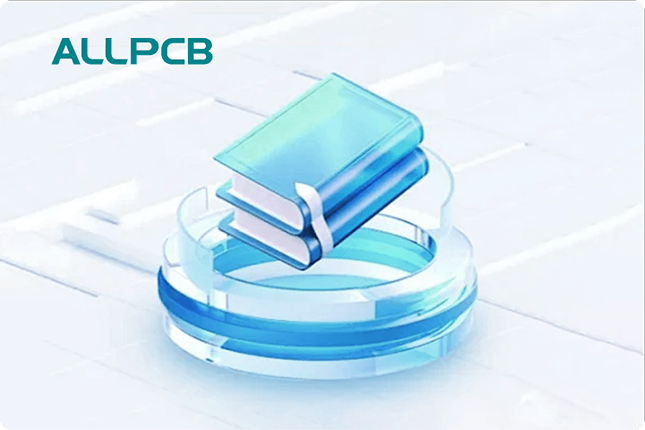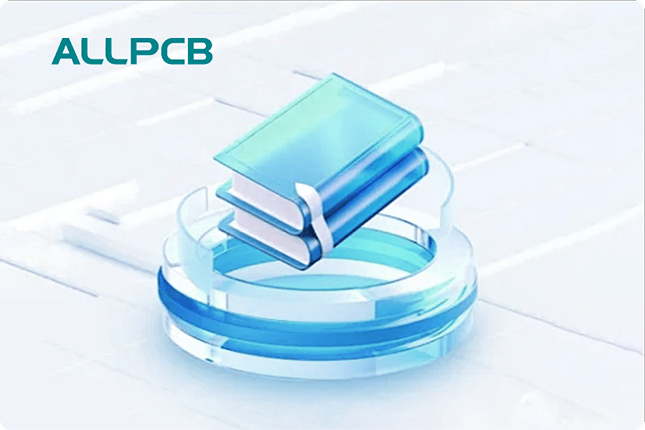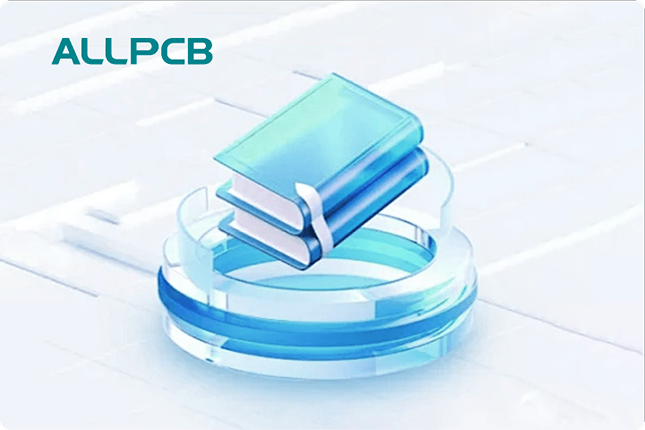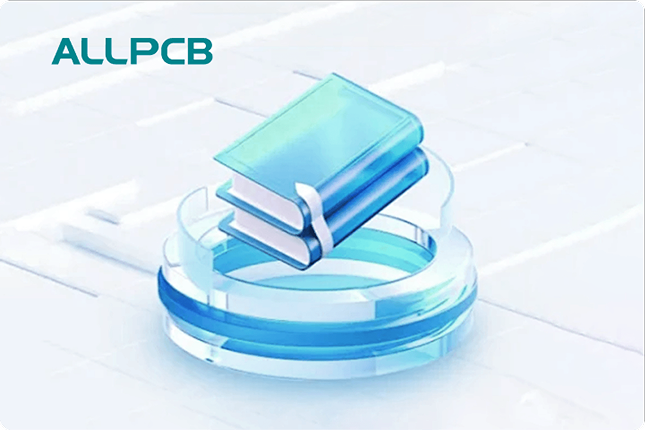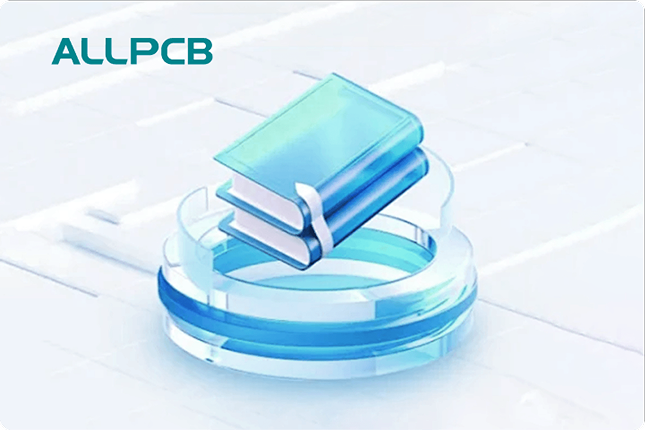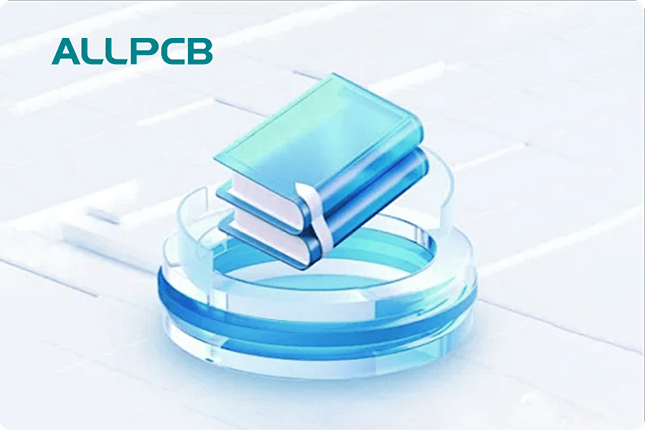Immersion silver thickness plays a critical role in the performance, reliability, and longevity of printed circuit boards (PCBs). If you're wondering how immersion silver plating thickness affects your PCB or what the optimal immersion silver thickness is, the answer lies in balancing solderability, corrosion resistance, and electrical performance. Typically, an immersion silver coating thickness between 0.1 to 0.3 micrometers (μm) is considered ideal for most applications, as it provides excellent solderability while minimizing risks like tarnishing or signal loss. In this in-depth blog, we'll explore the nuances of immersion silver thickness, its impact on PCB performance, and how to find the sweet spot for your specific needs.
What Is Immersion Silver and Why Does Thickness Matter?
Immersion silver is a popular surface finish applied to PCBs to protect the copper traces from oxidation and ensure good solderability. This finish involves a chemical process where a thin layer of silver is deposited onto the copper surface through a displacement reaction. The result is a smooth, flat surface that supports fine-pitch components and high-frequency applications.
The thickness of this silver layer, often referred to as immersion silver plating thickness or immersion silver coating thickness, directly influences how well the PCB performs. Too thin a layer may not provide adequate protection against corrosion, while too thick a layer can lead to issues like tarnishing or increased costs without added benefits. Understanding the impact of immersion silver thickness is essential for engineers designing reliable and cost-effective PCBs.
How Immersion Silver Thickness Impacts PCB Performance
The immersion silver thickness affects several key aspects of PCB performance. Below, we break down the major areas of impact with specific details to guide your design decisions.
1. Solderability and Joint Reliability
Solderability is one of the primary reasons for using immersion silver as a surface finish. A thickness range of 0.1 to 0.3 μm is often recommended because it provides a uniform surface for solder to adhere to, ensuring strong and reliable joints. If the immersion silver coating thickness is below 0.1 μm, the copper underneath may be exposed over time due to wear or micro-porosity, leading to poor solderability. On the other hand, thicknesses above 0.3 μm can result in excessive silver migration or tarnishing, which may weaken solder joints during reflow processes.
2. Corrosion Resistance and Shelf Life
Immersion silver protects the copper traces from oxidation, but the effectiveness depends on the layer's thickness. A thickness of at least 0.1 μm is necessary to act as a barrier against environmental factors like humidity and sulfur-containing atmospheres, which can cause tarnishing. However, silver is prone to tarnishing itself when exposed to sulfur or chlorine over time. Thicker layers (above 0.3 μm) may delay tarnishing but do not eliminate it, and they increase material costs without proportional benefits. Proper storage conditions and handling are just as important as thickness for extending shelf life.
3. Electrical Performance and Signal Integrity
For high-frequency applications, immersion silver is favored due to its excellent conductivity and low signal loss. The thickness of the silver layer impacts impedance and signal integrity, especially in RF and microwave circuits. A thin layer (around 0.1 to 0.2 μm) minimizes skin effect losses at high frequencies (above 1 GHz), ensuring better signal transmission compared to thicker layers, which might introduce slight impedance mismatches. For most standard applications operating below 1 GHz, the impact of thickness on electrical performance is minimal as long as it falls within the recommended range.
4. Cost and Manufacturing Considerations
Thicker immersion silver layers increase material and processing costs without always delivering proportional improvements in performance. For example, increasing the thickness from 0.2 μm to 0.5 μm may raise production costs by 10-15% while offering little to no additional benefit in terms of solderability or corrosion resistance. Manufacturers must weigh these costs against the specific requirements of the PCB application to optimize both performance and budget.
What Is the Optimal Immersion Silver Thickness?
Finding the optimal immersion silver thickness depends on the specific application and environmental conditions your PCB will face. Based on industry standards and practical insights, here are some guidelines to help you determine the sweet spot.
General Recommendation: 0.1 to 0.3 Micrometers
For most PCB applications, an immersion silver plating thickness of 0.1 to 0.3 μm strikes the best balance between performance and cost. This range, often specified in standards like IPC-4553A, ensures good solderability, adequate corrosion protection, and compatibility with fine-pitch components. It also keeps manufacturing costs reasonable, making it a go-to choice for consumer electronics, automotive, and industrial applications.
High-Frequency Applications: 0.1 to 0.2 Micrometers
In high-frequency designs, such as RF circuits operating at 2.4 GHz or higher, a thinner layer of 0.1 to 0.2 μm is often preferred. This minimizes signal loss due to the skin effect, where current flows primarily on the surface of the conductor. Thinner layers help maintain consistent impedance (typically around 50 ohms for RF lines) and reduce signal attenuation.
Harsh Environments: 0.2 to 0.3 Micrometers
For PCBs exposed to harsh environments with high humidity or sulfur content, a slightly thicker layer of 0.2 to 0.3 μm provides better protection against corrosion and tarnishing. This range is often used in industrial or outdoor applications where long-term reliability is critical.
Custom Requirements
If your project has unique demands, such as extreme temperature cycles or specific soldering processes, work closely with your PCB manufacturer to determine the ideal thickness. Testing and validation under real-world conditions can help fine-tune the immersion silver coating thickness for optimal results.
Immersion Silver Thickness Measurement Techniques
Accurate immersion silver thickness measurement is crucial to ensure the layer meets design specifications and performs as expected. Below are some common methods used in the industry to measure immersion silver coating thickness.
1. X-Ray Fluorescence (XRF)
XRF is a non-destructive testing method widely used to measure the thickness of immersion silver layers. It works by exposing the PCB surface to X-rays, which cause the silver atoms to emit characteristic fluorescent radiation. The intensity of this radiation correlates with the layer thickness, providing measurements accurate to within 0.01 μm. XRF is fast and reliable, making it a preferred choice for quality control during manufacturing.
2. Cross-Sectional Microscopy
This method involves cutting a small sample of the PCB and examining it under a high-powered microscope to measure the silver layer thickness. While highly accurate, it is a destructive technique and is typically used for research or failure analysis rather than routine quality checks. It can measure thicknesses down to 0.05 μm with proper calibration.
3. Electrochemical Methods
Electrochemical techniques, such as coulometric stripping, measure immersion silver thickness by dissolving the silver layer in a controlled manner and calculating the amount of material removed based on electrical charge. This method offers precision but is less common due to its complexity and the need for specialized equipment.
Manufacturers often combine these methods to validate results and ensure consistency across production batches. For engineers, understanding these measurement techniques can help in specifying quality requirements and verifying compliance with standards.
Challenges and Limitations of Immersion Silver Thickness
While immersion silver is a versatile and effective surface finish, there are challenges associated with controlling its thickness and maintaining performance over time. Here are some key considerations.
1. Tarnishing and Environmental Sensitivity
Silver is highly susceptible to tarnishing when exposed to sulfur or chlorine in the environment. Even with an optimal immersion silver thickness of 0.1 to 0.3 μm, tarnishing can occur if the PCB is not stored or handled properly. This can degrade solderability and affect performance, especially in humid or industrial settings.
2. Thickness Uniformity
Achieving uniform immersion silver plating thickness across the entire PCB surface can be challenging, especially for complex designs with varying pad sizes and geometries. Variations as small as 0.05 μm can impact solderability in fine-pitch areas, leading to inconsistent performance.
3. Cost vs. Benefit Trade-Off
As mentioned earlier, thicker layers increase costs without always delivering proportional benefits. Engineers must carefully evaluate whether a thicker immersion silver coating is necessary for their application or if other surface finishes might be more cost-effective.
Best Practices for Optimizing Immersion Silver Thickness
To maximize the benefits of immersion silver while minimizing potential issues, consider the following best practices during design and manufacturing.
- Specify the desired immersion silver thickness (e.g., 0.1-0.3 μm) in your design files and communicate clearly with your manufacturer to ensure compliance.
- Store PCBs with immersion silver finish in anti-tarnish packaging or low-sulfur environments to prevent degradation before assembly.
- Conduct thorough testing, such as solderability tests or environmental stress tests, to validate the chosen thickness for your specific application.
- Use industry standards like IPC-4553A as a guideline for thickness specifications and quality control processes.
Conclusion: Striking the Right Balance with Immersion Silver Thickness
The immersion silver thickness on a PCB is a small but critical factor that can significantly influence performance, reliability, and cost. By targeting an optimal immersion silver thickness of 0.1 to 0.3 μm for most applications, engineers can achieve excellent solderability, corrosion resistance, and electrical performance without unnecessary expenses. For specialized needs, such as high-frequency designs or harsh environments, fine-tuning the thickness within this range can further enhance results.
Understanding the impact of immersion silver plating thickness, using precise immersion silver thickness measurement techniques, and following best practices can help you design and manufacture PCBs that meet the highest standards of quality. Whether you're working on consumer electronics, automotive systems, or industrial equipment, finding the sweet spot for immersion silver coating thickness is key to unlocking the full potential of your PCB designs.
 ALLPCB
ALLPCB


